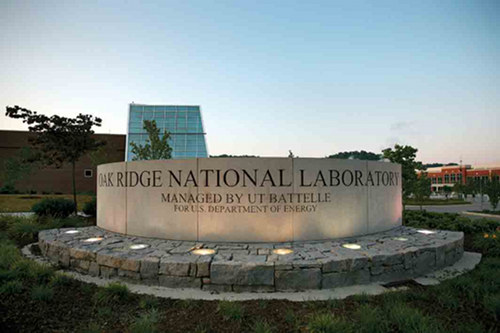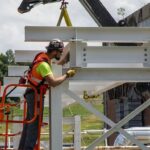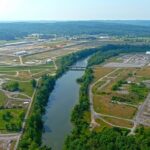The National Nuclear Security Administration and the International Atomic Energy Agency are hosting 35 representatives from 30 countries at Oak Ridge National Laboratory from April 26 to May 8 for an international training course on how to account for and control nuclear material.
It’s the 20th International Training Course, or ITC, on State Systems of Accounting for and Control of Nuclear Material, or SSACs.
NNSA and the IAEA co-sponsor the ITC to educate and train technical experts from around the world on how to properly account for nuclear materials used in their home countries. The first SSAC ITC in the United States was held in Richland, Washington, in 1979. Since then, approximately 500 participants from 50 countries have completed the training. The ITC supports U.S. obligations under the U.S. Nuclear Nonproliferation Act of 1978.
This course, offered every two years, provides practical training to IAEA member states on how to track nuclear materials to meet national and IAEA safeguards requirements. The IAEA applies safeguards—technical measures used to verify that a state’s nuclear material is accounted for and properly declared—to provide assurances to the international community that civilian nuclear material is not used for the illicit manufacture of nuclear weapons.
“The intensive training and collaboration that will take place over the next two weeks is designed to support and enhance nuclear safeguards implementation,†said Kasia Mendelsohn, associate deputy administrator for the NNSA Office of Nonproliferation and Arms Control. “We are very proud to have worked with the IAEA for over three decades to conduct this important training and help to promote an effective and efficient international safeguards system, which is a central component of the nonproliferation regime.â€
Throughout the two week course, safeguards experts from Oak Ridge National Laboratory and the IAEA provide instruction, demonstrate instruments, and share practical advice based on their extensive national and international experience in the nuclear safeguards field. Through lectures, case studies, collaborative group work, guided discussions, and table top exercises, course participants learn how to implement and maintain an SSAC. Participants also learn about the international legal instruments for nuclear nonproliferation and nuclear safeguards, how to explain the functions of an SSAC, and how to describe IAEA in-field verification activities and their role in the implementation of IAEA safeguards agreements.






Leave a Reply